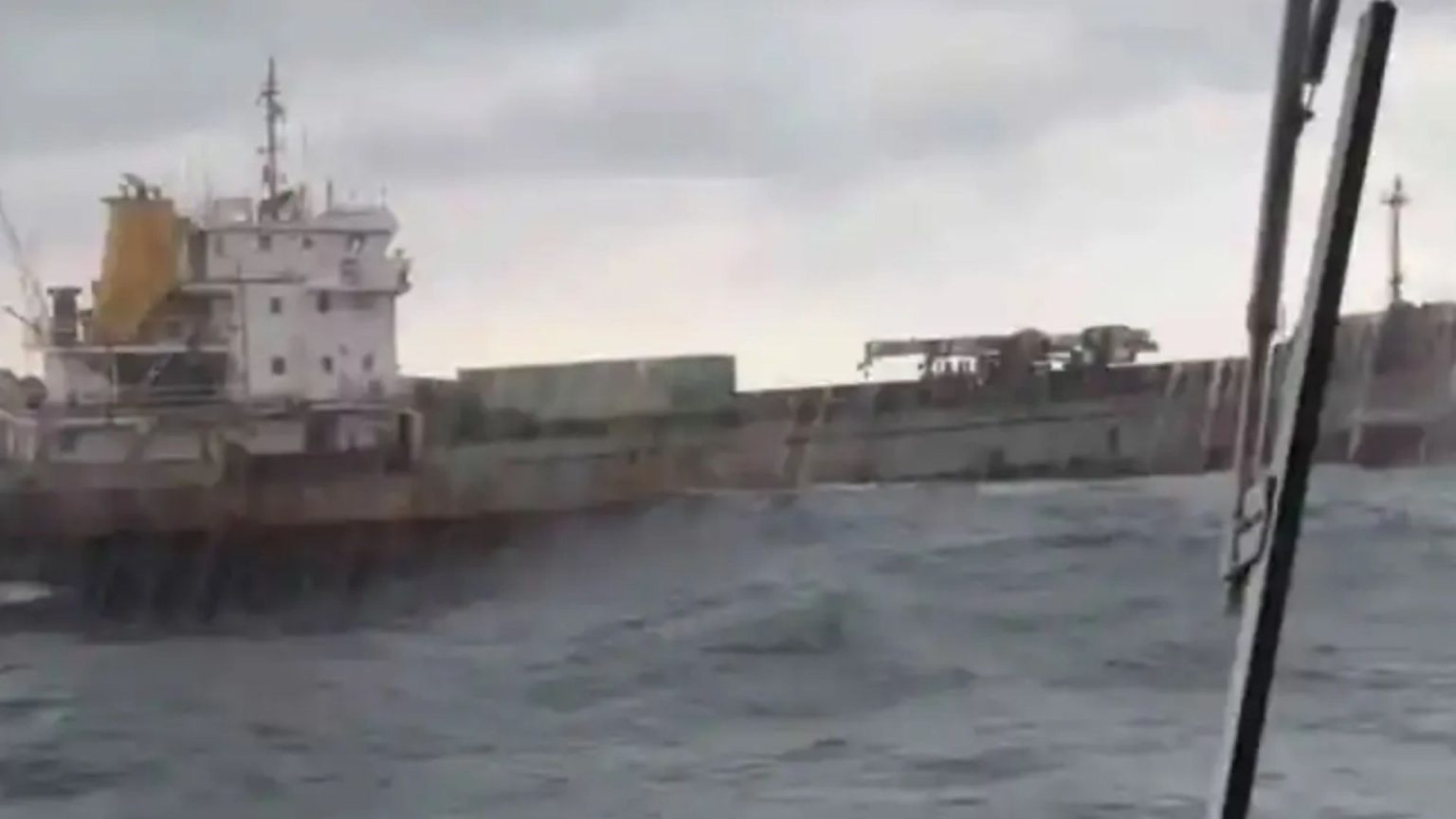The severing of a deep-sea internet cable near Taiwan has heightened concerns about potential Chinese sabotage, escalating tensions in the region. The incident, which occurred in early January, involved a Cameroonian-registered cargo ship, the Shunxin 39, allegedly dragging its anchor and damaging four cores of a crucial international submarine cable. Although sailing under a Cameroonian flag, Taiwanese officials suspect the ship is actually owned by a Hong Kong-registered company with ties to mainland China, raising suspicions of deliberate action. This incident follows a concerning global trend of subsea cable sabotage, echoing similar incidents involving Russian vessels. The damaged cable, connecting Taiwan to the US west coast, was quickly repaired by rerouting data, but the incident underscores the vulnerability of these critical communication lines.
The incident fuels existing anxieties about China’s intentions towards Taiwan, which Beijing claims as its own territory. President Xi Jinping’s vow to “reunify” with Taiwan, coupled with frequent military exercises near the island, has created a volatile atmosphere. Taiwan, a self-governing democracy, considers itself independent and strategically vital to US foreign policy in the region. This latest act of suspected sabotage raises fears that China may be employing disruptive tactics to isolate Taiwan and weaken its defenses ahead of potential aggression. The concern is that severing communication lines could cripple Taiwan’s ability to coordinate defenses and communicate with international allies in the event of an attack.
The investigation into the cable severing is hampered by jurisdictional limitations. Taiwanese authorities were unable to fully investigate the Shunxin 39 due to rough weather and international maritime law, which prevented them from holding the vessel. They have requested assistance from South Korea, the ship’s next destination, to further investigate the incident and question the captain. The difficulty in gathering evidence and holding responsible parties accountable highlights the challenges in addressing this type of subsea sabotage. The incident underscores the need for greater international cooperation to protect vital undersea infrastructure.
The strategic importance of Taiwan further complicates the situation. Located in the “first island chain,” a string of US-friendly territories, Taiwan plays a crucial role in containing China’s expansionist ambitions in the Pacific. Taiwan’s advanced semiconductor industry, a cornerstone of the global electronics market, is another key factor motivating China’s desire to control the island. Acquiring Taiwan would give China a significant strategic and economic advantage, potentially disrupting global supply chains and strengthening its military presence in the region.
This cable-cutting incident fits into a broader pattern of suspected maritime sabotage involving both China and Russia. A Chinese bulk carrier was previously investigated for damaging fiber-optic cables in the Baltic Sea, while a Russian vessel is suspected of severing a key Finnish power cable. These incidents raise concerns about a coordinated campaign to disrupt critical infrastructure, highlighting the vulnerability of undersea communications in an era of geopolitical tensions. The use of “shadow fleets,” comprised of older, less regulated vessels, further complicates attribution and accountability.
The incident near Taiwan serves as a stark reminder of the escalating risks in the region. While the immediate damage was mitigated, the potential for future disruptions remains a serious concern. The international community needs to address the growing threat of subsea cable sabotage through increased surveillance, stricter regulations, and stronger international cooperation. The vulnerability of these crucial communication links underscores the importance of developing resilient infrastructure and diversifying communication routes to safeguard against future attacks. The incident also highlights the need for clear protocols for investigating and responding to such incidents, ensuring accountability and deterring future acts of sabotage.











